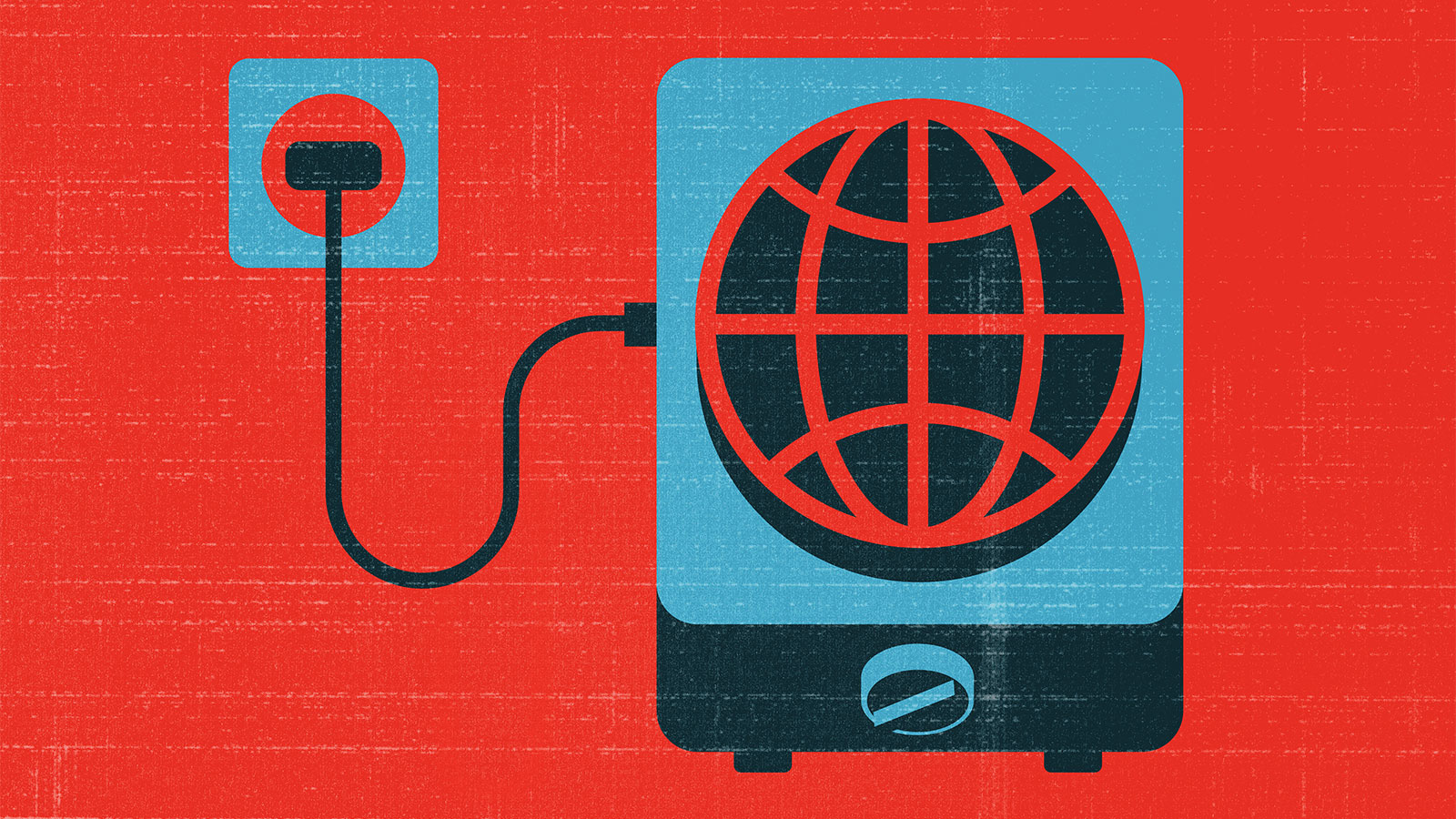For most of us, it’s hard to imagine life without refrigerators, stoves, and washing machines. But — like so many of the tools we take for granted in 21st-century America (smartphones, anyone?) — household appliances, like almost all now-ubiquitous durable goods, require energy, labor, and raw materials to produce and operate. If climate change is to be adequately addressed, the manufacturers of these undeniably nifty products must always keep sustainability as a top priority.
Ron Voglewede, director of global sustainability at appliance manufacturer Whirlpool Corporation, puts it like this: “You can’t separate our products from the society in which they operate.”
Consumers have a limited amount of control over the environmental impact of their household appliances. Sure, you can dispose of them in a responsible manner when they break down. Proper disposal of an old refrigerator not only saves space in the landfill, it minimizes the release of substances that contribute to ozone depletion and climate change, as well as the release of mercury and polychlorinated biphenyls (PCBs).
You can also buy more efficient machines to replace the ones you’re disposing of. New appliances are up to 50 percent more efficient than they were just 10 or 15 years ago, while energy-efficient appliances use 10 to 50 percent less energy and water than conventional models. Plus, while they can have a slightly higher price tag, energy-efficient appliances cost significantly less over time, since they use less energy and water. In 2020, according to Green America, high-efficiency appliances saved U.S. consumers $12 billion on utility bills.
Taking sustainability seriously
But smart disposal and purchasing decisions have no effect on the manufacturing, packaging, distribution, or delivery of household appliances. For these steps to be as efficient and sustainable as possible, it’s up to the corporations producing them to take action. Whirlpool, for one, has been committed to sustainability for decades. The sustainability office that Voglewede helms was formed in 1969, a lifetime before many of the appliance manufacturer’s peers began to address the issue.
“Our products are in three quarters of American homes, Voglewede says. “We understand that gives us a unique responsibility to the people and communities we serve.”
That responsibility starts with making efficient appliances that save consumers time, energy, and money. Take the humble dishwasher. The latest model Whirlpool launched in the U.S. cleans dishes three to four times more efficiently than typical hand washing methods, says Voglewede. That’s a step up from the twice-as-efficient standard for dishwashers measured in a University of Michigan study last year.
But Whirlpool extends its environmental concern to the entire lifecycle of its products. Last year, the company achieved zero-waste-to-landfill at 25 of its 35 manufacturing sites, with a goal to reach 100 percent zero-waste-to-landfill in two years.
“At first, when the pandemic hit, there was concern that all of the changing protocols would result in more waste,” Voglewede says. “But we put policies in place that actually allowed us to make significant waste reductions.” Much of the improvement came from finding new ways to recycle, he says.
Committing to cutting back
Whirlpool was also the first company in the industry to set greenhouse gas emissions targets for its facilities. That happened back in 2003, and the company has reupped those targets several times in the years since. The latest targets are consistent with reductions required to keep global warming below two degrees Celsius, as directed by the 2016 Paris Agreement. Over the past four years, Whirlpool has reduced its greenhouse gas emissions by 20 percent.
Whirlpool Corporation also recently announced a commitment to achieving net-zero energy by 2030. Much of the improvements in energy efficiency will come with investments in onsite and offsite renewable energy, Voglewede says. The company is also exploring more efficient production processes and new methods of carbon removal. Plus, it’s retrofitting its production facilities to improve insulation, heating, cooling, and venting.
For Voglewede, sustainability is both a matter of doing the right thing and of doing good business. “Consumers want to engage with companies they know are acting responsibly,” he says. “And people can see the difference between companies that are doing less bad and companies that are doing good.”
Fulfilling our vision to be the world’s leading kitchen and laundry appliance company, in constant pursuit of improving life at home, requires us to think of our house and home not just in terms of the four walls around us and the communities in which we live, but of the planet that sustains us. Learn more about Whirlpool Corporation’s approach to sustainability here.




